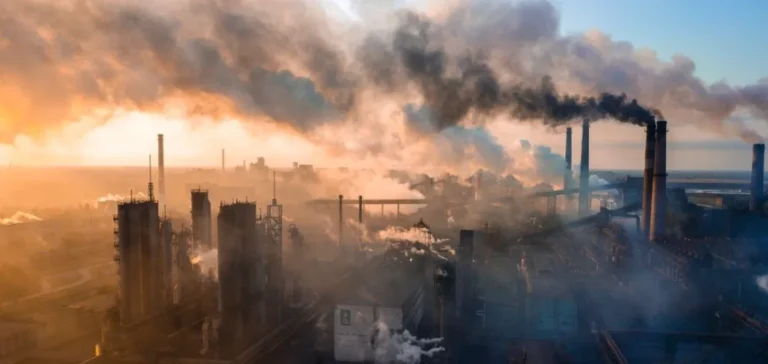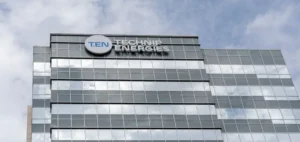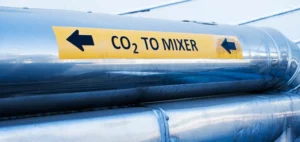The share of global emissions covered by carbon taxes and Emissions Trading Systems (ETS) reached 28% in 2024, up from 24% the previous year, according to the World Bank’s annual State and Trends of Carbon Pricing report.
Significant rise in compliance markets
This increase is primarily driven by the expansion of China’s emissions trading system into industrial sectors. As a result, economies accounting for nearly two-thirds of global GDP and approximately half of emissions from the power and industrial sectors are now subject to carbon pricing. In contrast, some sectors, such as agriculture, remain outside these mechanisms.
However, revenue generated from these carbon pricing instruments, including taxes and ETS, fell slightly to $102 billion in 2024 from $104 billion the previous year. This decrease is mainly attributed to lower prices within major trading systems, such as those of the European Union and the United Kingdom.
Notable national policy developments
The World Bank highlighted that over half of the revenue from carbon pricing is allocated to infrastructure and development projects, slightly increasing compared to previous years. Globally, 80 different carbon pricing mechanisms were operational in 2024, five more than in 2023.
Recent policy measures mentioned in the report include new carbon taxes implemented in Israel and certain Mexican states, along with new ETS setups in several local US jurisdictions. Conversely, some jurisdictions, notably Canada, have removed their federal carbon fuel tax.
Marked increase in carbon credit retirements
Compliance-related carbon credit retirements tripled in 2024 compared to 2023, reaching 24% of total retirements, up from just 9% previously. This surge is primarily linked to multi-year compliance obligations of companies in Californian and Quebec markets.
Conversely, voluntary retirements represented 76% of the total in 2024, down from 91% the previous year. Voluntary demand is now increasingly focused on nature-based carbon capture projects and initiatives improving clean cooking methods.
Stable global credit supply
The global supply of carbon credits slightly decreased, but the stockpile of unused credits from independent mechanisms rose, approaching one billion metric tons. A substantial portion of these credits comes from forestry, land use, or renewable energy projects, predominantly issued before 2022.
Finally, the report highlights a growing correlation between carbon credit prices and their ratings by specialized agencies. Credits designated for international compliance markets generally command higher valuations than those destined for voluntary markets, particularly in natural carbon capture projects.






















